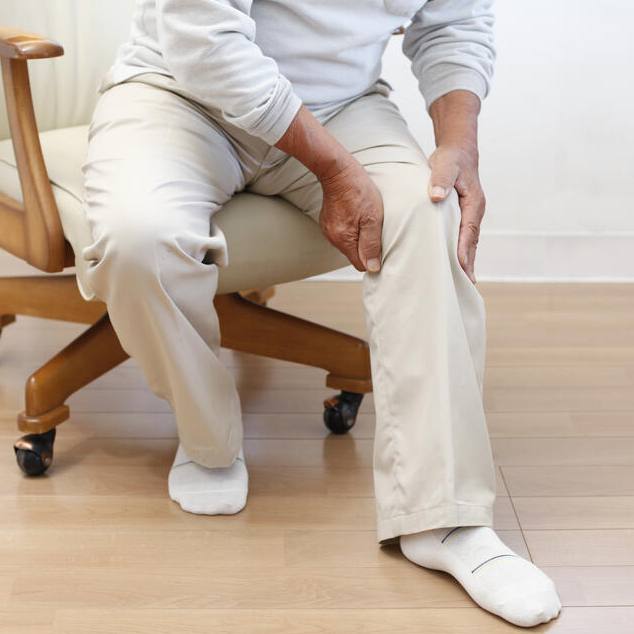-
Mayo Clinic Minute: How to tell if your child has a fever
A fever – when the body's temperature is above 100.4 degrees Fahrenheit – is typically a sign that your body is fighting off an infection.
Dr. Tina Ardon, a Mayo Clinic family medicine physician, explains what signs to watch for when your child is running a high temperature.
Journalists: Broadcast-quality video pkg (0:55) is in the downloads at the end of the post. Please courtesy: "Mayo Clinic News Network." Read the script.
Feeling feverish? The uncomfortable condition signals that your immune system is hard at work.
"Fever in and of itself does not necessarily need to be treated," says Dr. Ardon. "I'm going to want to see that child with a fever who's not drinking as much, maybe has a symptom they're more concerned about, such as coughing or vomiting, to make sure we're not dealing with something more serious."
Dr. Ardon says that babies younger than 3 months old who are feverish seek care immediately. For older children, if a fever has not improved in three days or other symptoms have presented, contact your child's care team.
When it comes to making your child feel comfortable …
"… use a cold rag to the forehead; sometimes a cool, tepid bath can just kind of make them feel better," says Dr. Ardon. "Six months and older, we can use medications like ibuprofen to help our children feel more comfortable and lower fever. It is important to make sure you're dosing that correctly. So having a more recent weight can be helpful. Feel free to call your pediatrician or family doctor to make sure they can give you the right dosing instructions if you have any questions."







